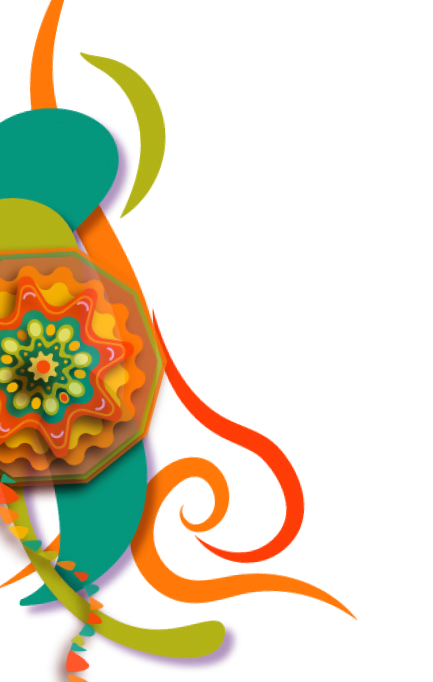Ester Cecilia Montepeque Berthet

COUNTRY
Panama
COSTUME
La Pollera
Costume Provided by
Consulate General of Panama in Vancouver
In Panama, a rich variety of traditional skirts and dresses showcases intricate embellishments, with the Pollera standing out as one of the most prevalent. These garments are painstakingly handcrafted from delicate threads, meticulously cut to create exquisite designs. The “zurcido” technique involves intricate embroidery, meticulously filling every contour of the pattern. Each cut in this traditional attire is a unique work of art, adorned with fine lace.
The “Pollera de Gala sin Labor” traditionally is often reserved for special occasions like quinceañeras, religious weddings, and vow renewals. Crafted from the finest white fabrics, these dresses feature elaborate embroidery in white thread, complemented by meticulously woven ribbons. On occasion, materials like “mota” and wool add unique textures.
This costume is made two pieces: a blouse and a “pollerón.”
The blouse consists of an inner and sleeves. Externally, it boasts an ornate neckline adorned with braids and delicately arranged rings, both upper and lower, adorned with various decorative elements, including braids and lace.
The “pollerón” comprises three sections: a waistband, the main body, and the “susto” of the pollera. The “susto” is the lower part of the skirt, which is located below the body and is generally the widest and most decorative section of the skirt.
As a captivating headpiece, the “tembleque” was originally crafted from fish scales. Nowadays, it is a masterpiece of handcrafted artistry, featuring natural or silk flowers, pearls, and various materials. Typically, it incorporates 12 pairs of essential components:
“Tapamoños” often resembling branches, elegantly encasing the bun.
“Tapa orejas” or “ventarrones,” thoughtfully placed to shield the ears from gentle breezes.
“Pendejas,” gracefully layered atop the “tapamoños.”
“Zoquetas,” delicate blooms filling in gaps with their petite charm.
“Pencas,” larger blossoms thoughtfully positioned at the sides of the head.
“Mosquetas” and “palmitas,” artfully arranged near combs and other prominent areas.
“Mariposas,” “pavitos,” “escorpiones,” and other elements symbolizing the diverse fauna, adding depth to this exquisite ensemble.

